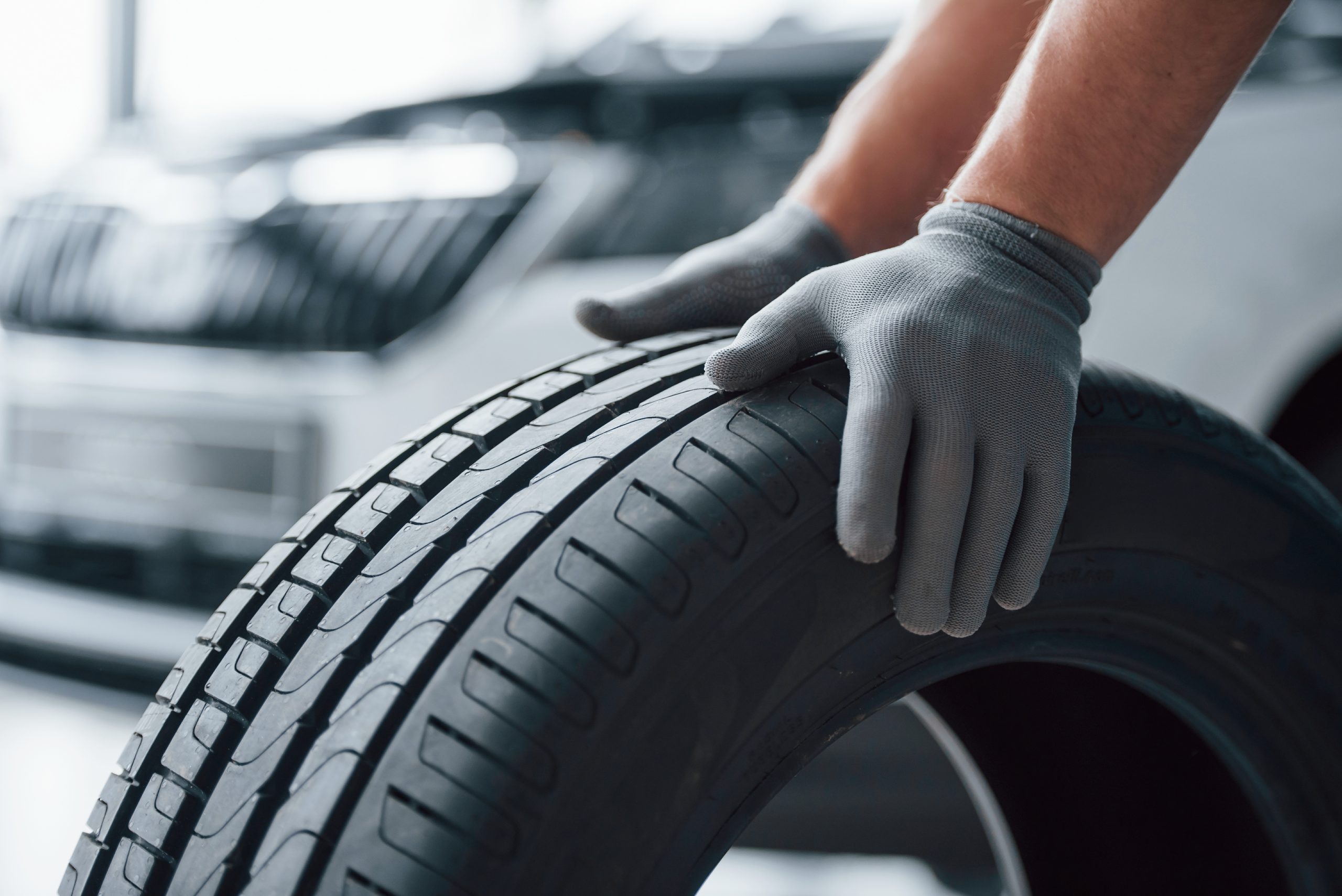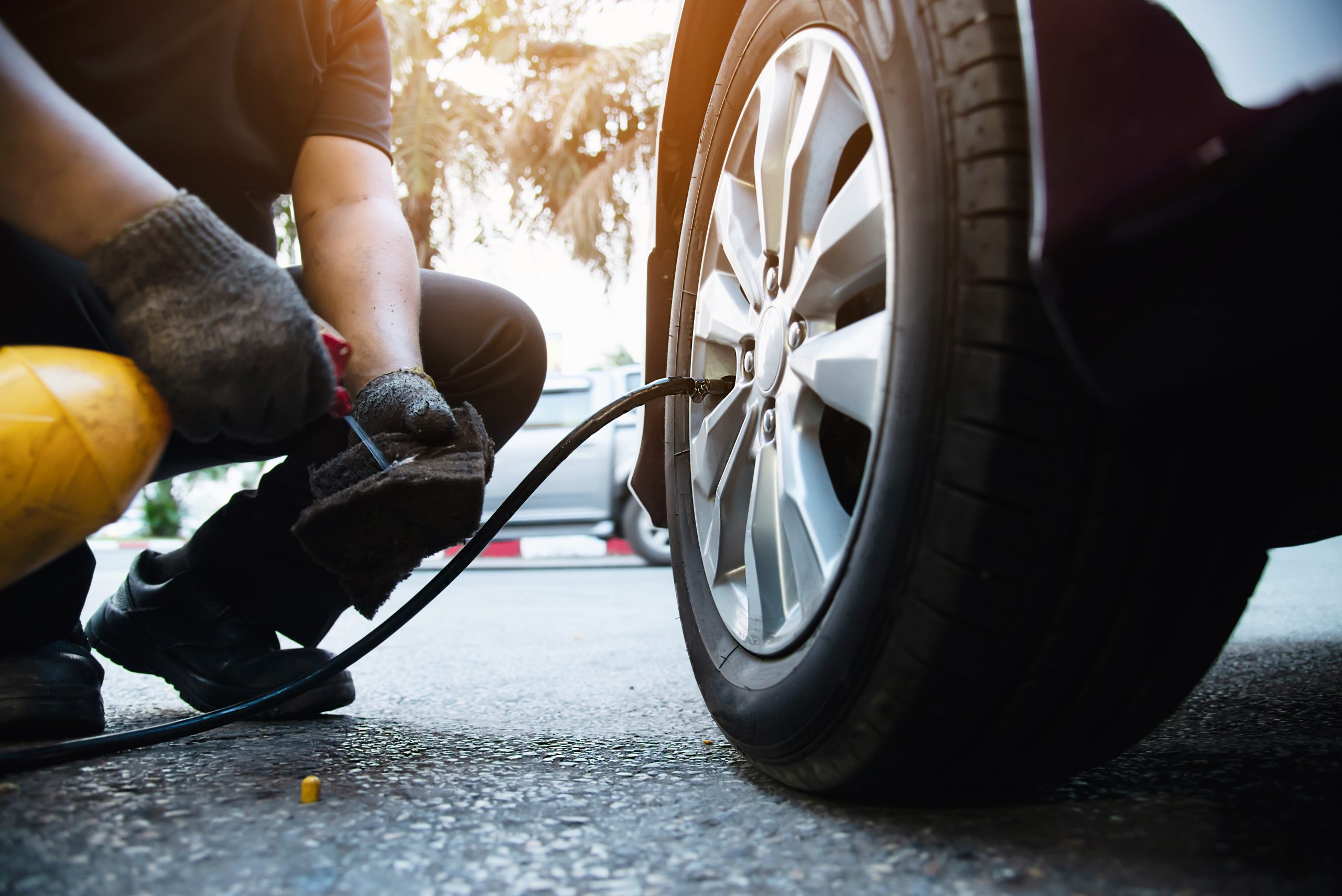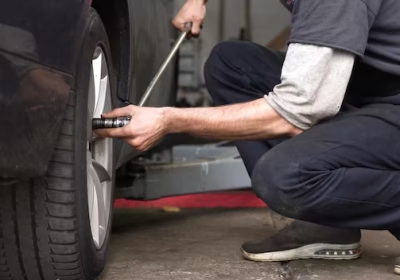The Ultimate Guide to Tire Rotation and Its Benefits

The Ultimate Guide to Tire Rotation and Its Benefits
When it comes to car maintenance, tire rotation doesn’t always get the attention it deserves. Many drivers focus on oil changes, brake repairs, or engine care, while tires are often treated as an afterthought. But here’s the truth: your tires are one of the most important safety features on your vehicle. They’re the only point of contact between your car and the road, and their condition directly impacts how your vehicle handles, stops, and performs.
Rotating your tires regularly is one of the simplest and most cost-effective ways to improve tire longevity and protect your investment. At Trendsetters Customs in Weatherford, TX, we’ve seen firsthand how this basic service helps drivers avoid costly replacements and unnecessary wear. This guide will walk you through everything you need to know about tire rotation, from what it is to why it matters, and when to schedule your next service.
What Is Tire Rotation?
Tire rotation is the process of moving your tires from one position on your vehicle to another. For example, the front tires may be swapped with the rear ones, or the tires may be moved diagonally, depending on your vehicle type and tire setup.
The goal of rotation is simple: to promote even wear. Because each tire on your car doesn’t carry the same load or face the same stress, they wear at different rates. By rotating them, you give each tire a chance to share the workload.
Why Tires Wear Unevenly
If all four tires are the same brand and size, you might assume they’d wear down evenly. Unfortunately, that’s not how it works. Tires wear differently depending on their position and role.
- Front tires typically wear faster than rear tires because they handle most of the steering and a significant portion of braking.
- Rear tires generally carry less stress, but in rear-wheel-drive vehicles, they’re subjected to more acceleration forces.
- Cornering and turning also place uneven pressure on certain tires, especially in vehicles that take sharp turns regularly.
- Driving habits and conditions such as frequent braking, rough roads, and heavy loads can speed up wear on certain tires.
Without rotation, one or two tires may wear out much faster than the others, forcing you to replace them sooner. That’s money out of your pocket and less stability for your vehicle.
The Benefits of Tire Rotation
Tire rotation might seem like a small detail, but the benefits are big and long-lasting. Here’s why it should be part of your regular maintenance routine:
1. Improved Tire Longevity
By evening out the wear across all four tires, rotation helps extend their usable life. Instead of replacing a single worn-out pair prematurely, you can keep all four tires on the same schedule, saving money in the long run.
2. Safer Driving
Uneven tire wear can compromise traction, especially on wet or slippery roads. Regular rotation ensures that your tires grip the road as they should, reducing the risk of skidding, hydroplaning, or losing control.
3. Better Fuel Efficiency
When tires wear unevenly, they create drag and resistance. This forces your engine to work harder and burn more fuel. Keeping your tires rotated helps your vehicle run more efficiently, which means fewer trips to the gas pump.
4. Enhanced Handling and Comfort
Tires that wear evenly provide smoother handling and a more comfortable ride. You’ll notice less vibration, better steering response, and improved stability at higher speeds.
5. Cost Savings Over Time
Replacing tires before their time is expensive. By rotating them, you maximize the full potential of your tire set, reduce the risk of blowouts, and save money on premature replacements.
How Often Should You Rotate Your Tires?
The general rule of thumb is to rotate your tires every 5,000 to 7,500 miles, but the exact timing can vary depending on your vehicle, driving habits, and tire type.
Some vehicles require more frequent rotations if they’re used for heavy loads, long commutes, or farm work in tougher conditions. Since Trendsetters Customs serves many drivers, we often recommend following the lower end of that range for farm trucks, work vehicles, and SUVs that see uneven terrain.
If you’re unsure, check your owner’s manual for the manufacturer’s recommendation. Or, stop by our shop and let our technicians take a look.
Common Tire Rotation Patterns
Not every vehicle uses the same rotation pattern. The correct method depends on whether your car is front-wheel, rear-wheel, all-wheel drive, or if you have directional tires.
- Forward Cross: Often used for front-wheel-drive vehicles. The rear tires move forward diagonally, and the front tires move straight back.
- Rearward Cross: Common for rear-wheel and all-wheel drive. The front tires move diagonally to the rear, while the rear tires move straight forward.
- X-Pattern: All tires move diagonally. A good choice for front-wheel-drive cars.
- Front-to-Back: For directional tires that can only rotate front-to-rear on the same side.
Choosing the wrong rotation pattern can actually do more harm than good, which is why professional service is always the best option.
Signs You May Need a Tire Rotation Sooner
Sometimes waiting until your mileage interval isn’t enough. Your tires may be telling you they need attention. Look out for these warning signs:
- Uneven tread depth between front and rear tires
- Vibration while driving, especially at higher speeds
- Increased road noise
- Pulling to one side when driving straight
- Worn edges on one or more tires
If you notice any of these issues, schedule a tire rotation right away. Catching uneven wear early can prevent serious problems down the road.
Why Professional Tire Rotation Matters
While it’s possible to rotate your tires at home if you have the tools and knowledge, professional service offers distinct advantages:
- Correct rotation pattern for your specific vehicle
- Inspection of tire condition for damage, punctures, or irregular wear
- Proper torqueing of lug nuts to manufacturer specifications
- Tire pressure checks and adjustments for balanced performance
- Added peace of mind knowing the job was done right
At Trendsetters Customs, our team doesn’t just swap tires around. We use each rotation as an opportunity to carefully inspect your tires and suspension, making sure everything is in top shape before you hit the road again.
Protecting Your Tires Beyond Rotation

Tire rotation is one part of the equation, but there are other steps you can take to make your tires last longer:
- Keep them properly inflated according to manufacturer specs
- Get regular wheel alignments to prevent uneven wear
- Balance your tires whenever new ones are installed
- Drive gently and avoid sudden braking or aggressive cornering
- Check your tires monthly for tread depth, cracks, or bulges
By combining these practices with regular rotations, you can enjoy safe driving, better fuel efficiency, and fewer unexpected expenses.
Your tires work hard every mile you drive, and giving them the care they need pays off in safety, comfort, and savings. At Trendsetters Customs, we take pride in helping our neighbors and community members keep their vehicles in the best shape possible. Whether you need a routine tire rotation, new tires, or a complete inspection, our team is here to provide honest service with the personal attention you deserve.
If it’s been a while since your last rotation or you’ve noticed uneven wear, don’t wait until a small issue turns into a bigger expense. Schedule your appointment with Trendsetters Customs today and keep your tires rolling smoothly for miles to come.
Related Posts

Choosing the Right Tires: Your Guide to 4×4, Jeep, and Truck Tires in Weatherford
Whether you're heading off the beaten path or just trying to get the most out of your daily drive, your tires make a massive difference. For trucks, Jeeps, and 4x4s—especially in Weatherford, TX—picking the right set isn’t just about style,…

Choosing the Best 4×4 Tires for Off-Road Performance
When it comes to off-road adventures, your vehicle is only as strong as the tires it’s riding on. Whether you’re crawling over rocky trails, powering through mud, or navigating sandy dunes, having the right 4×4 tires can make all the…


